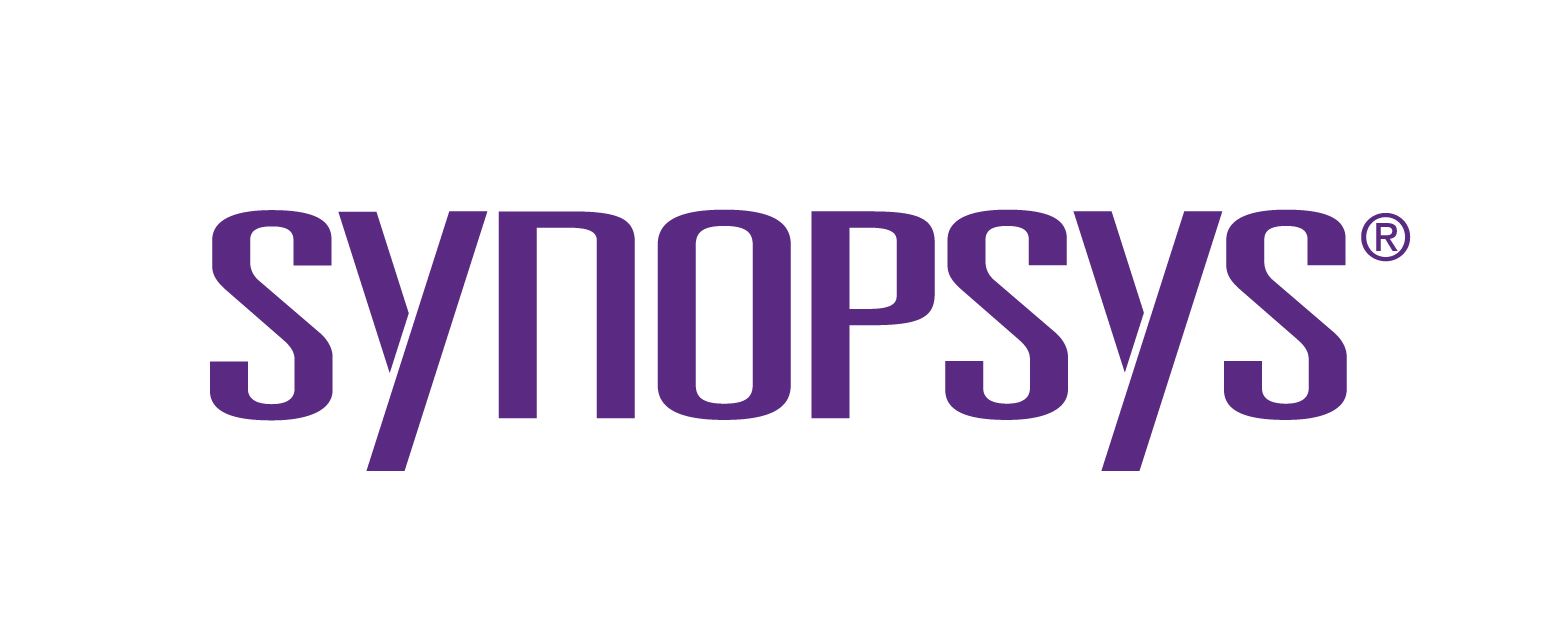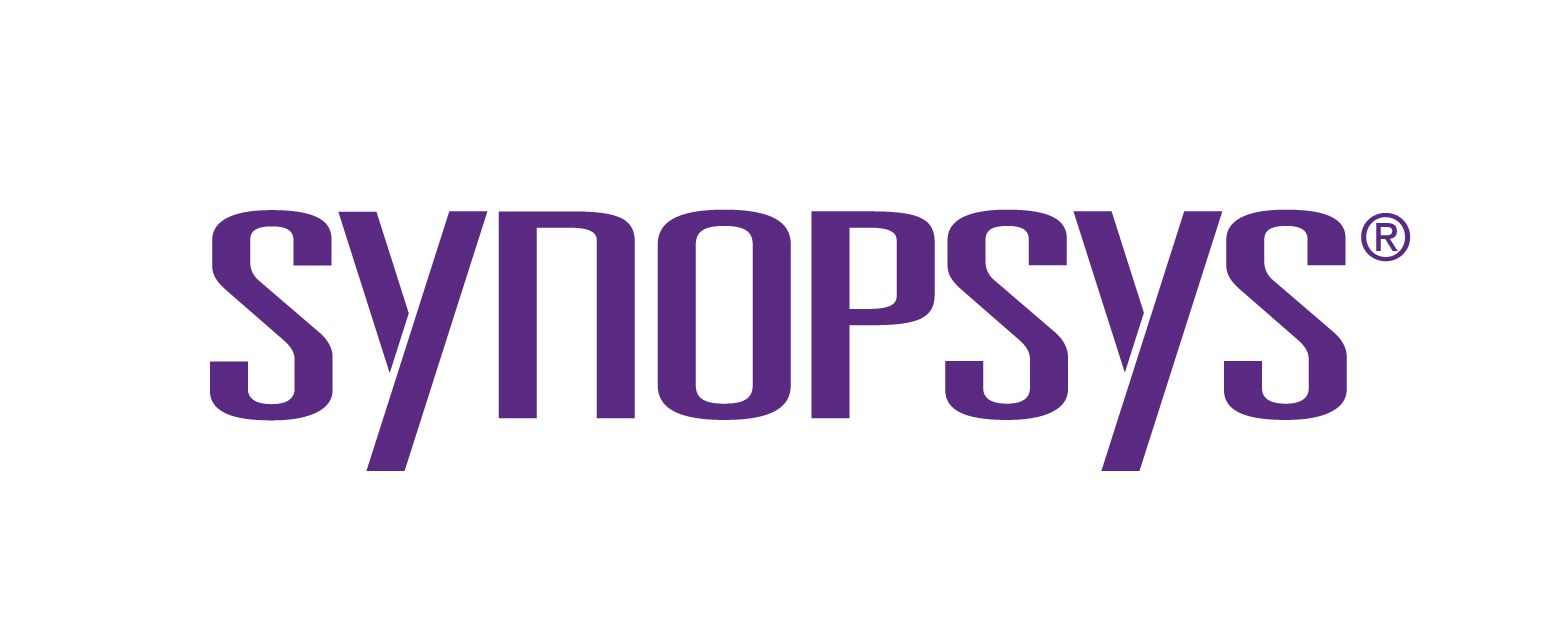Cadence Verisium - Optimizing Regressions and Debug with AI
Moshik Rubin
While Agentic AI promises to revolutionize the ways in which chips are designed and verified, the fundamental building blocks, AI Agents, are available today to optimize regressions and shorten total debug. In this session we will highlight how the Verisium platform’s industry-leading verification planning, management and debug capabilities have been upleveled and enhanced with AI agents offering automation for everything from regression optimization to failure root cause analysis. Topics will include automation and optimization for regression orchestration, testcase selection, verification planning, coverage closure, failure triage, bug prediction and waveform analysis, all enhanced with AI.











